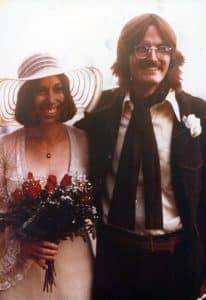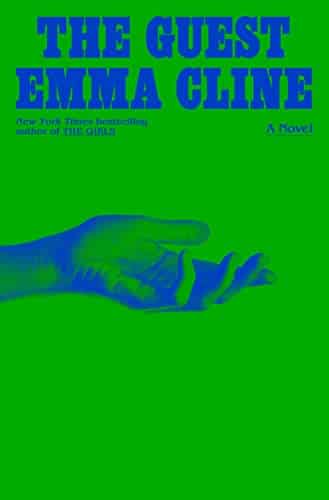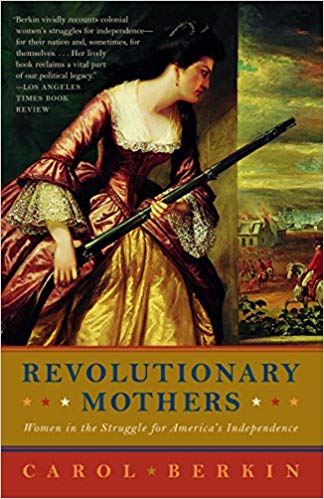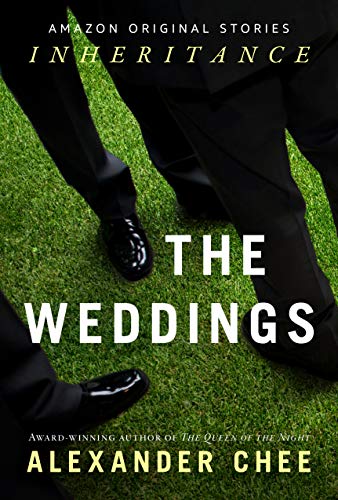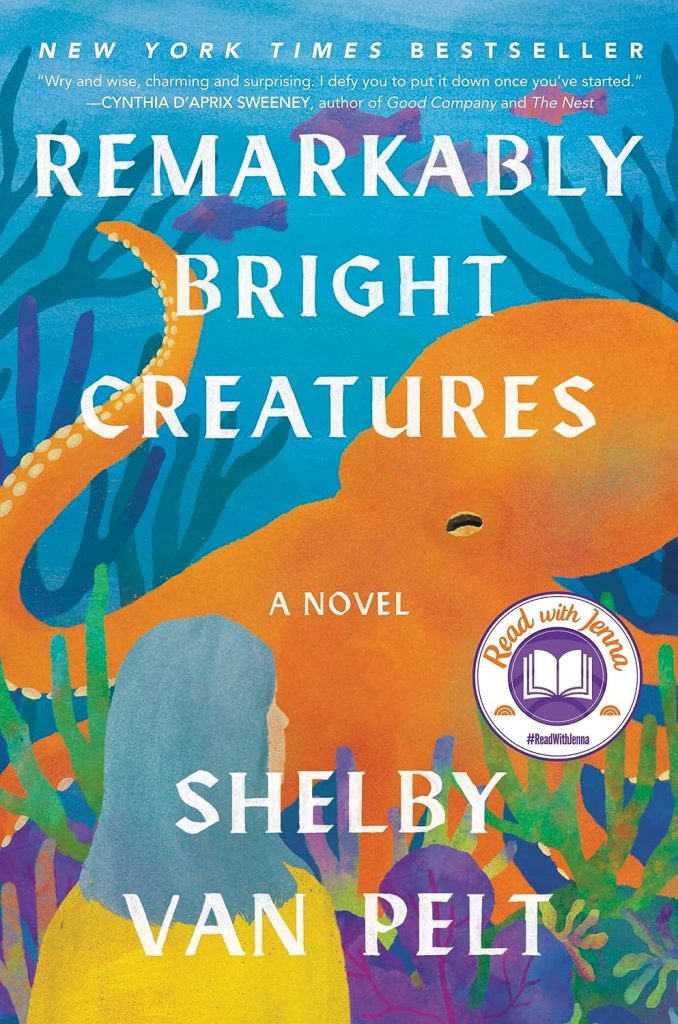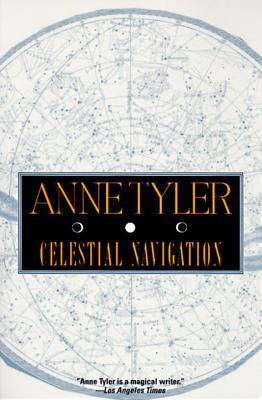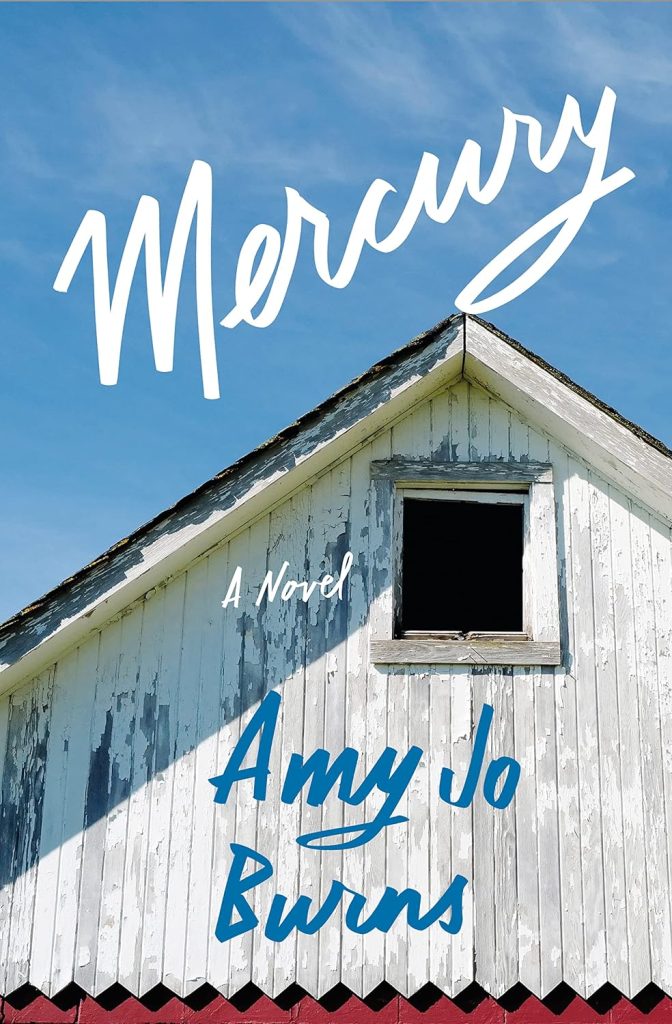
Filing Status Single?
Estimated reading time: 1 minute, 47 seconds“I am preparing my taxes this month. After I file, we should discuss next year and how to manage my charity donations.”
My financial planner nodded as she took a moment longer than I expected to respond.
“Richard, that sounds good. Are you filing as widowed again this year?”
“No, TurboTax recommended my only option was to file as single. They asked when Jan died, but single was the only option.”
We discussed how the IRS allowed widows two years to file with that status.
I said I would double-check with TurborTax, and she responded, “I will check with our tax experts.”
Today, I filed my federal and state returns as a single person.
In an age of gender fluidity, it seems odd that someone like me, who still believes he is married, has to file as single.
For the record, I am not asking for an extra deduction, albeit I am sure many widows could be crucial to their financial health.
Checking the filing status box as a single person in the second year after Jan died is like having a heavy door slammed in your face.
Medical visits are also awkward when they ask me to update my records.
But filing taxes as a single person for the first time since 1974, the year before Jan and I married, was a harsh reminder of widowhood in the second year.
Has my life been so drained by Jan’s death that I am now only a checkbox on a form?
No, I am more than a widow; I am a husband, father, grandfather, advocate, good neighbor, friend, and Jew, among many attributes that define me.
The Jan Lilien Education Fund sponsors ongoing sustainability and environmental awareness programs. Gifts made this month; I will match dollar-for-dollar. All donations are tax-deductible.
I receive a commission when you buy a book or product using a link on this page. Thank you for supporting Sharing Jan’s Love blog.


